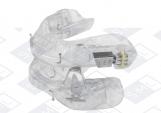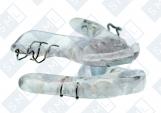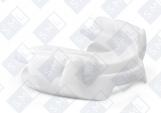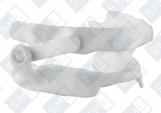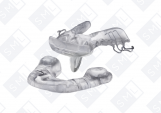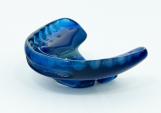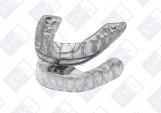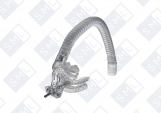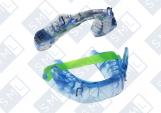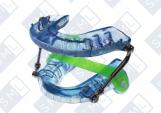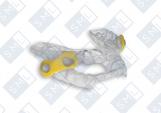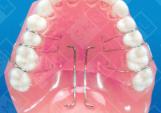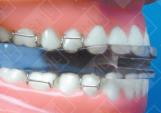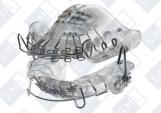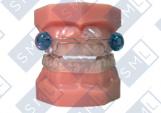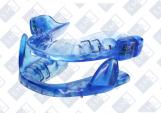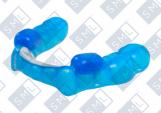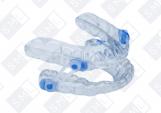
Obstructive Sleep Apnea And Snoring
Location
Dentists are now able to play a very important role in the treatment of snoring problems as well as in the recognition and treatment of the life-threatening condition known as Obstructive Sleep Apnea (OSA). Patients may complain of snoring problems yet be unaware of the presence of OSA.
Such common complaints as headaches, daytime drowsiness, lack of energy, low resistance to disease, and hypertension may actually be the result of numerous nighttime sleep apnea episodes. During these episodes, breathing temporarily stops, resulting in reduced oxygen levels in the blood. Left untreated, OSA can cause serious medical conditions -- ranging from increased hypertension to cardiac changes -- which can lead to sudden death.
During an OSA episode, nasopharyngeal oropharyngeal, and hypopharyngeal tissues collapse, causing a blockage of the airway to occur. Research has shown that many dental appliances are quite effective at alleviating this blockage and can now be considered an alternative when choosing a treatment modality. In fact, sleep appliances can deliver several advantages over other therapy choices. They are inexpensive. They are non-invasive. They are easy-to-fabricate, reversible and quite well accepted by patients.
Sleep appliances can work to reposition the tissues by lifting up the soft palate, bringing the tongue forward, or lifting the hyoid bone – or in combination of all three. As they reposition, they also act to stabilize the tissues, preventing airway collapse. Lastly, appliances seem to increase muscle tone. Specifically, there seems to be an increase in pharyngeal and genioglossus muscle activity.
It is important to note that the key to successful sleep appliance therapy is proper identification of the cause and location of the obstruction. If this is not accomplished, your rate of success will drop to less than 50% -- regardless of appliance chosen. Variations in design are determined and dictated by method of retention, type of material used, method and ease of adjustability, ability to control vertical dimension, differences in mandibular movement and method of fabrication (lab or office). The appliance design that you choose will depend upon your knowledge of these variations as well as the oral condition of the patient.
Select another Appliance Category




